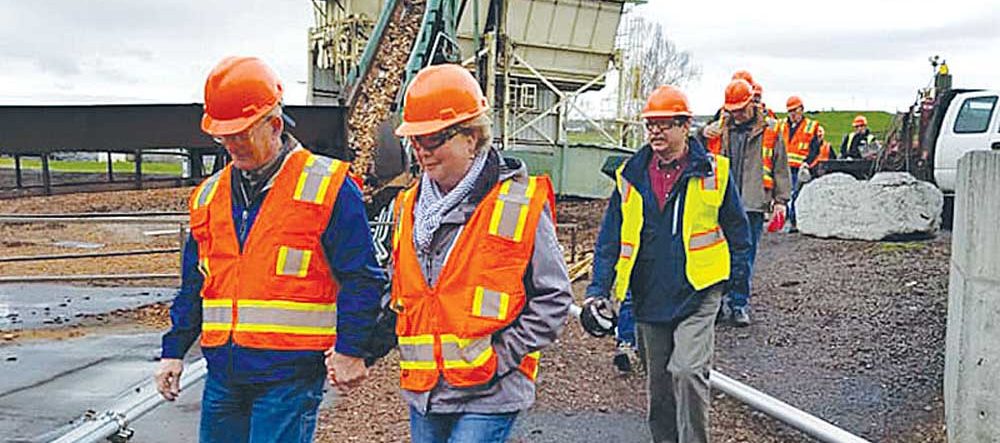Days Gone By: Oct. 23, 2021
Published 3:00 am Saturday, October 23, 2021
100 Years Ago
Oct. 23, 1921
Ninety fires, with a total damage of 189 acres, about 50 per cent of the damage for the preceding year, occurred on the Umatilla forest during the past fire season, says R. A. Bottcher. The total damage for the year amounts to $286.29, while the cost to the forest service for fire prevention was $1,529.65. The work of stockmen and others, in co-operating with the forest service cost $223.70. Seventy-four of the fires were caused by lightning, two were brush fires, and 14 were caused by campers. There were 54 fires of one fourth of an acre; 34 over a fourth of an acre and less than 10 acres; one which did $100 worth of damage and was over 10 acres, and which did damage of between $100 and $1000.
50 Years Ago
Oct. 23, 1971
Sharon Hotchkiss, 29, likes the outdoors. She is one of the few women in the U.S. who majored in wildlife management. She earned her degree from Oregon State University. Her problem with her wildlife career is her husband, Lee. He, the assistant manager of the Umatilla wildlife refuge, is her competition for a job in/ her field. She has settled for an office job as a legal secretary in Hermiston. The McNary couple knew when they met in a wildlife class at OSU that government agencies simply do not hire a man and wife team in wildlife management on the same project. Mrs. Hotckhiss has resigned herself to the idea that she may never have the opportunity to enter the field for which she has a degree — her husband will get the top priority for the job. It was decided to go this route in a family meeting.
25 Years Ago
Oct. 23, 1996
When Tod Keppinger slid his Stalker radar gun into his motorcycle’s holster, the Hermiston Police Department traffic enforcement officer noticed an immediate change in his workday. In the three weeks since Keppinger started using radar during his patrol shift, the patrolman said he’s doubled the number of tickets he writes. An average day yields 10 speeding citations, he said. The radar gun perches near the left handle of Keppinger’s motorcycle and can track speed from up to half a mile away. Keppinger said he sees noticeable differences in many of the areas he regularly patrols. “That’s great,” he said. I’m trying to get people to slow down and be aware.” With radar, Keppinger has adjusted his patrol methods. Now he waits in secluded areas. Though he’s not in plain view, Keppinger is not trying to keep a low profile. “I want everyone to know that I’m out there some place,” he said. “I could be anywhere.”








